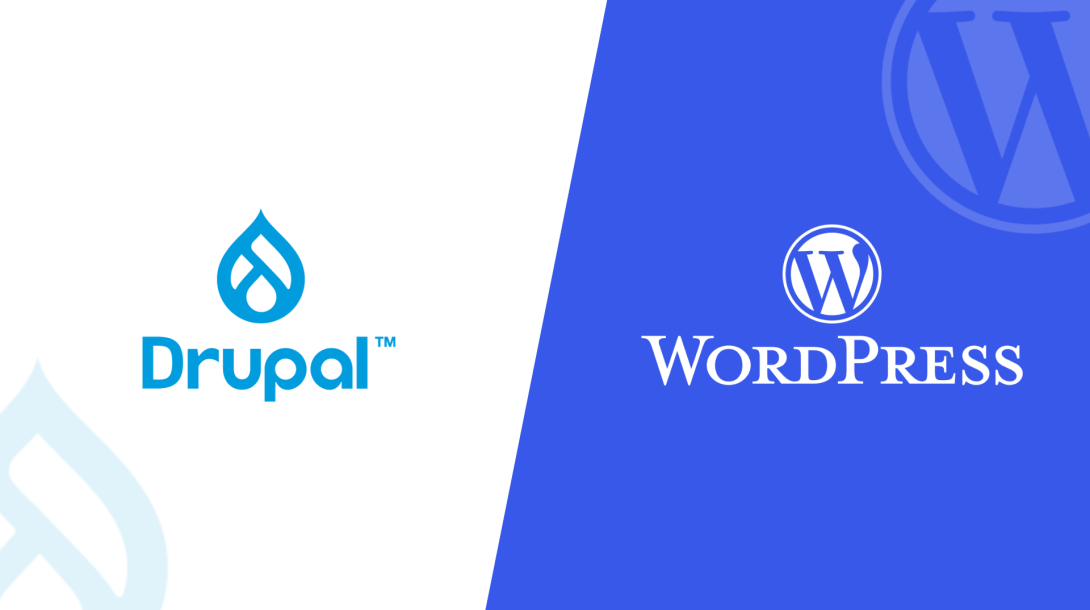Why Choose Drupal Over WordPress for Your Nonprofit Website?

At rTraction, we’ve had the privilege of working with a number of nonprofits—big and small—who need their websites to do more than just “look nice.” They need platforms that are secure, flexible, and built with the unique complexities of mission-driven work in mind.
WordPress often steals the spotlight as the most popular content management system (CMS). And for many, it's the right choice. But for nonprofits with more advanced needs—particularly around security, complex permissions, and organizational structure—Drupal is a strong contender (and often the smarter long-term choice).
Here’s why we often recommend Drupal to nonprofit clients.
1. Rock-Solid Security, Backed by Process
Nonprofits handle sensitive data. Whether it's donor information, volunteer applications, or program registrant details—keeping that data safe is non-negotiable.
Drupal has a dedicated security team and a formalized process for identifying and responding to vulnerabilities. In fact, it’s the CMS of choice for government websites (like whitehouse.gov in previous iterations) for this very reason.
Unlike WordPress—which relies heavily on third-party plugins that may or may not follow best practices—Drupal’s core and contributed modules are reviewed for security and maintained centrally.
Why this matters for nonprofits: You’re often working with limited resources, and a breach could have devastating consequences—not just for your operations, but for your community’s trust.
2. Granular User Roles and Permissions
Drupal’s user permission system is, frankly, built like a tank.
Where WordPress offers basic user roles (Admin, Editor, Author, etc.), Drupal lets you define custom roles with highly specific permissions. Want your volunteers to upload media but not publish content? No problem. Need to separate access between program teams and development staff? Easy.
For large organizations or those working in federated models (e.g., a national nonprofit with local chapters), this can be a game-changer.
Why this matters: Delegating tasks without compromising security becomes simple. Your digital infrastructure can mirror the real structure of your organization.
3. Built for Complexity, Ready to Scale
If your organization is planning to grow—or already juggles multiple audiences, services, and goals—Drupal can handle the complexity without duct tape solutions.
- Multi-site support: Run multiple sites off the same Drupal installation.
- Multilingual support: Out of the box.
- Content workflows: Need an approval process before content goes live? Done.
- Structured content: Drupal’s content architecture is flexible and robust, making it easier to reuse and display content across your site in different ways.
WordPress can do some of this, but not without custom development or plugin soup.
Why this matters: Your site should grow with your mission, not hold it back.
4. Accessibility and AODA Compliance
Nonprofits often serve diverse populations—including people with disabilities. Accessibility isn't a “nice to have,” it’s a requirement.
Drupal has made accessibility a core focus of development, with features like semantic HTML, WAI-ARIA support, and tools that help developers build AODA/WCAG-compliant sites from the ground up.
WordPress has made strides, but with the plugin ecosystem being what it is, accessibility can be inconsistent.
Why this matters: An inclusive website means your mission reaches everyone it’s meant to.
5. Open Source, with No Licensing Fees
Both Drupal and WordPress are open source, which is great. But Drupal’s contributor community has a long-standing emphasis on nonprofit and public good use cases.
If you’re considering proprietary platforms like Squarespace or Wix, remember: they come with monthly costs and limited flexibility. With Drupal, you own your data and infrastructure. No hidden surprises.
Why this matters: You can invest more of your budget into impact, not platform fees.
So, Should Every Nonprofit Use Drupal?
Nope.
If your organization just needs a simple blog or brochure site, WordPress may be the faster, more cost-effective solution. But if you’re:
- Managing sensitive data
- Coordinating large teams or complex roles
- Offering multiple programs or audiences
- Looking to grow without rebuilding from scratch
…Drupal’s power is worth it.
Final Thoughts
We like to say: Choose the tool that fits the job. For nonprofits that need flexibility, security, and scalability baked in, Drupal is more than just a CMS—it’s a digital partner that grows with you.
At rTraction, we’ve helped nonprofits transition from WordPress to Drupal (and vice versa) based on where they are in their digital maturity. Not sure which one fits your needs best? Let’s talk.
